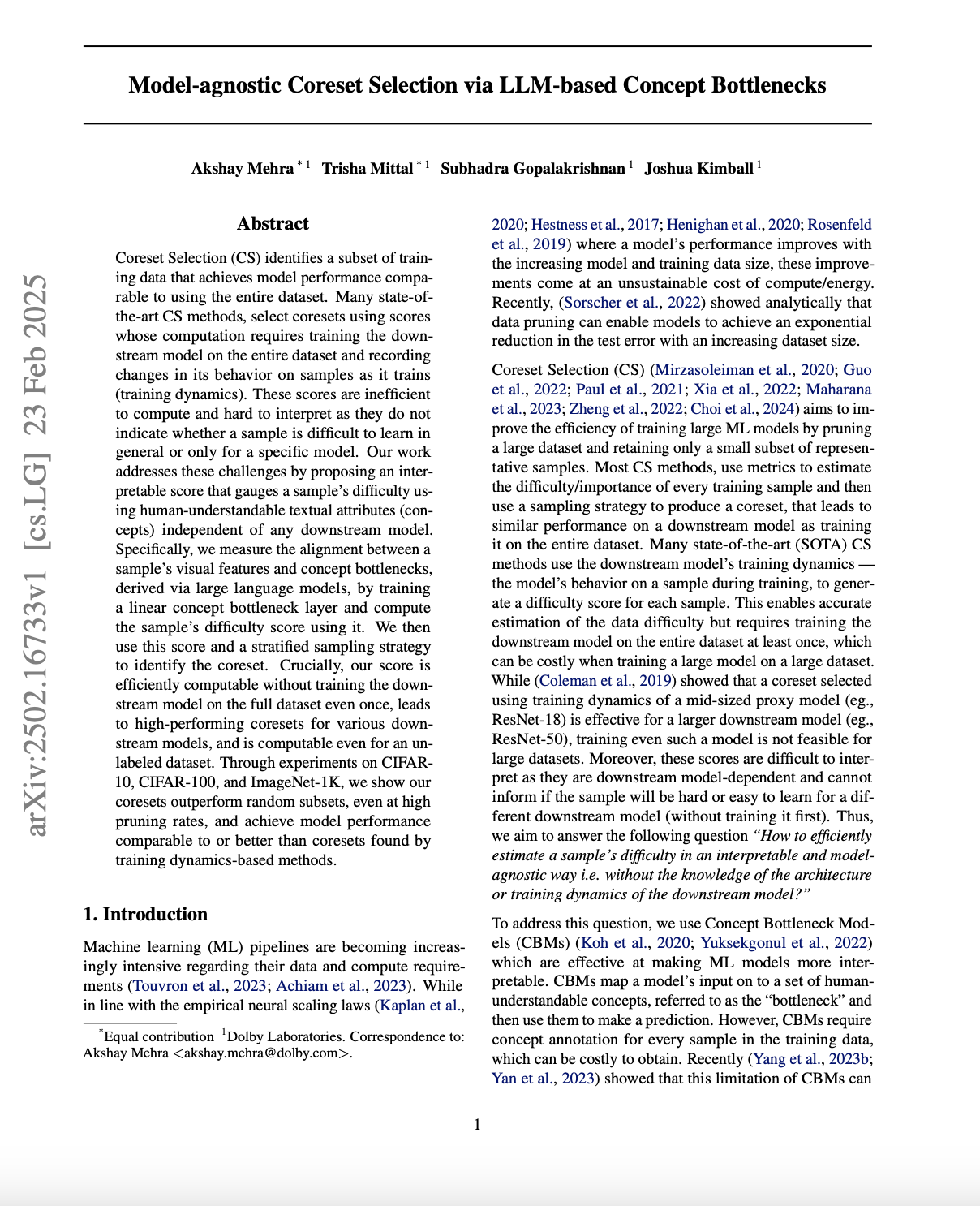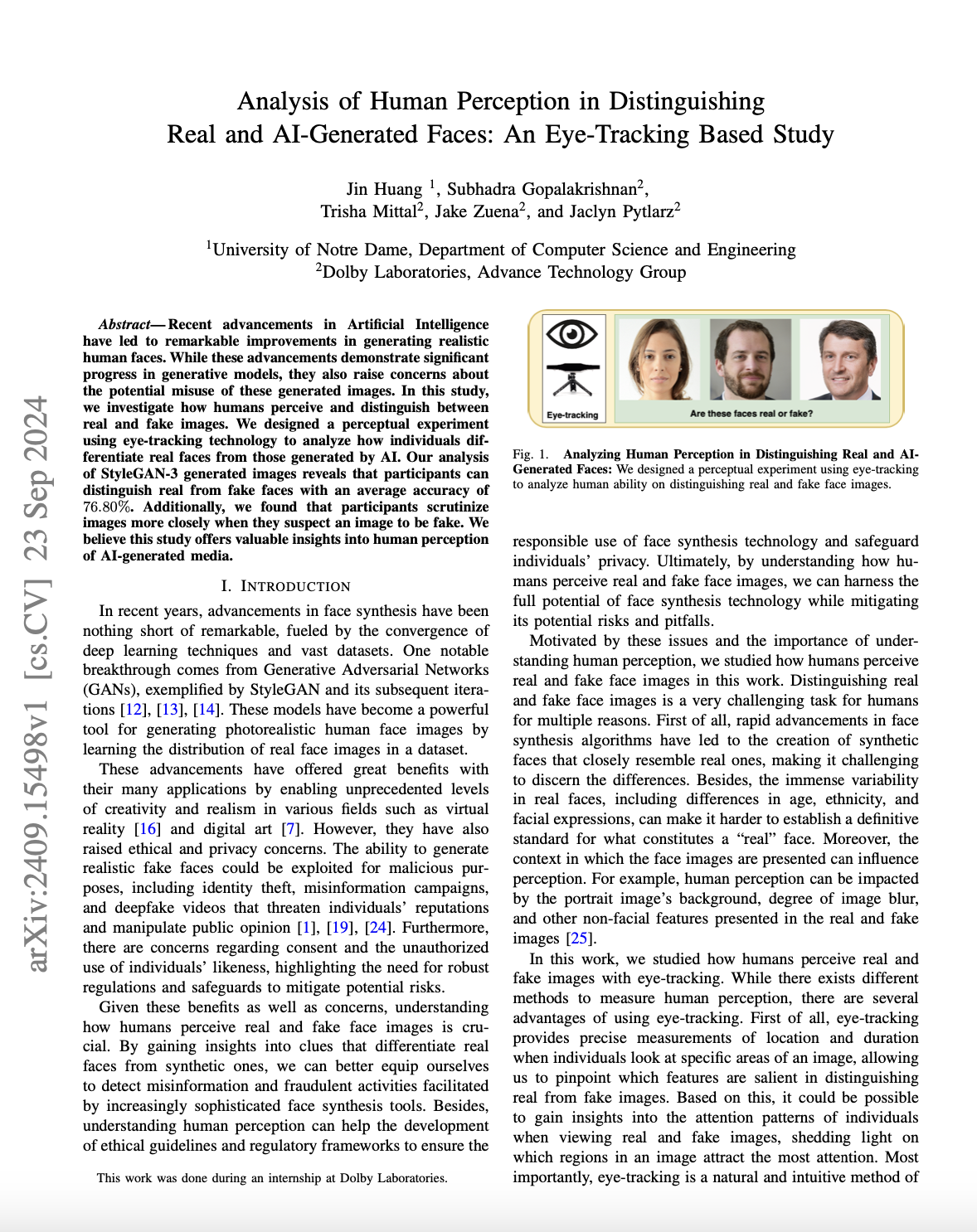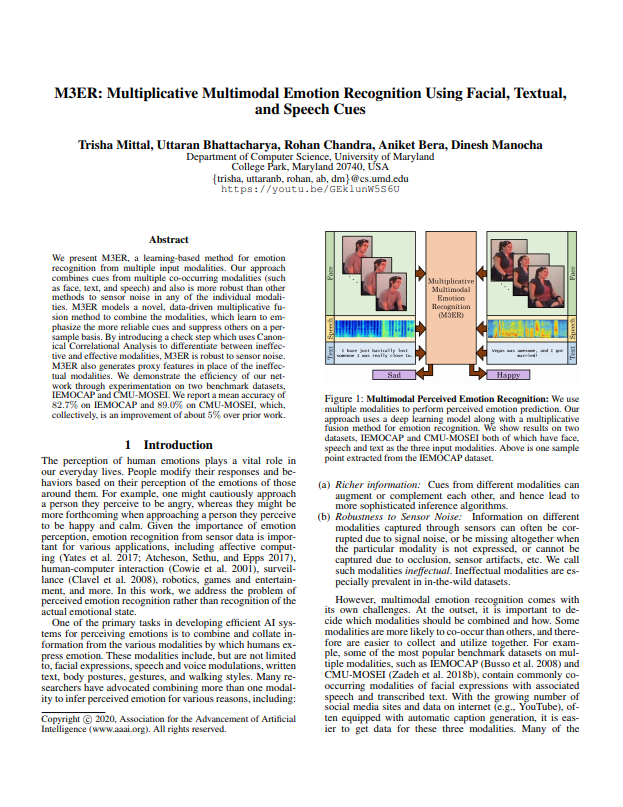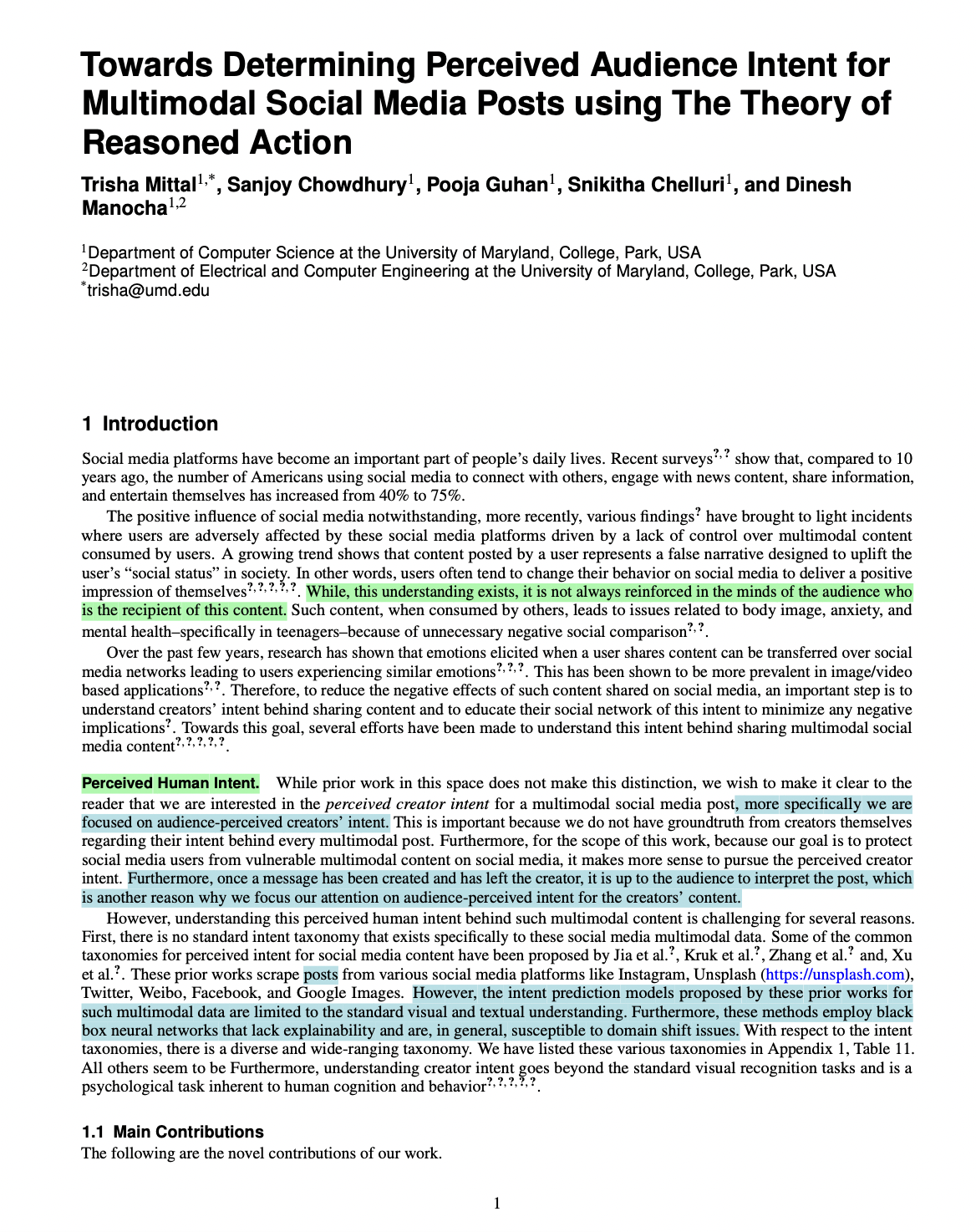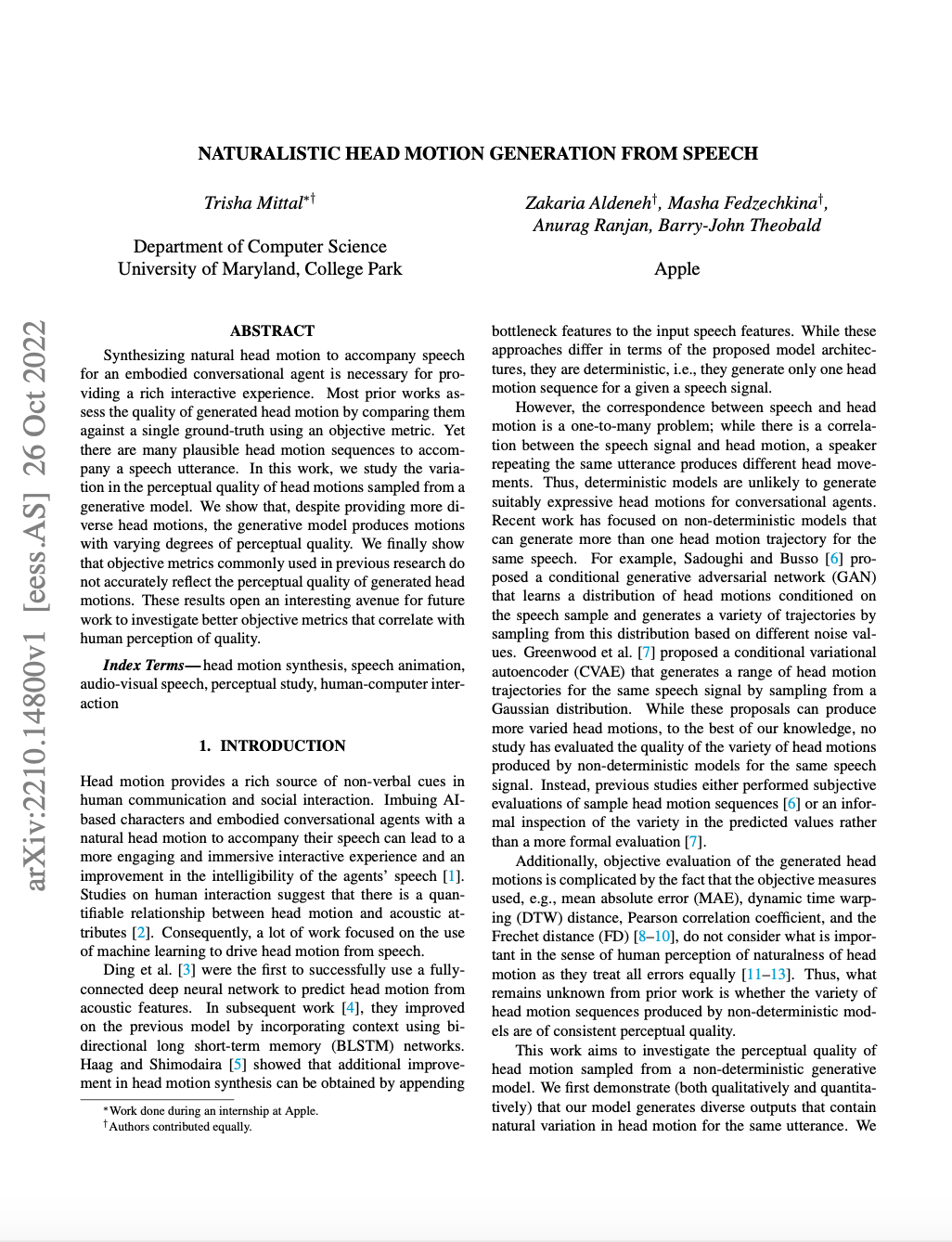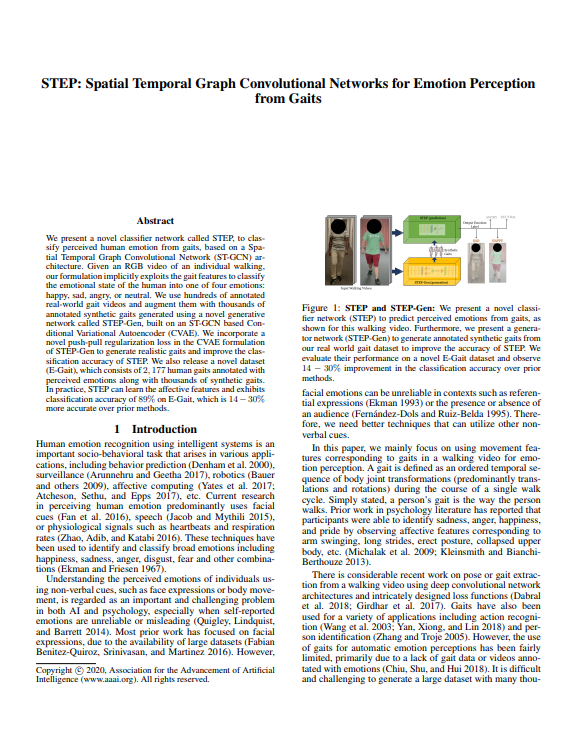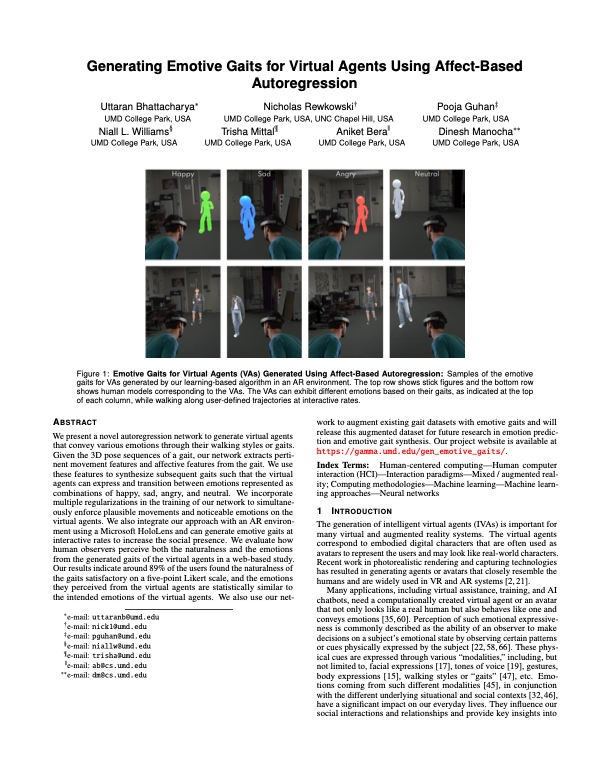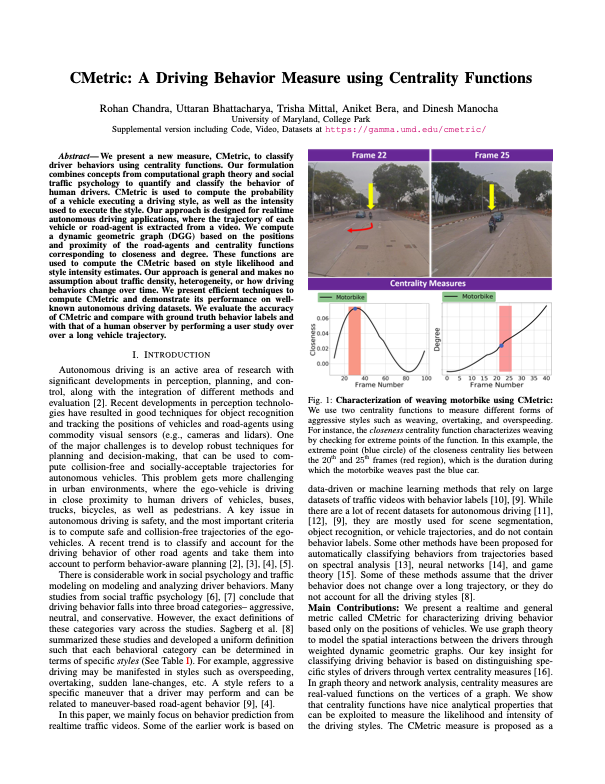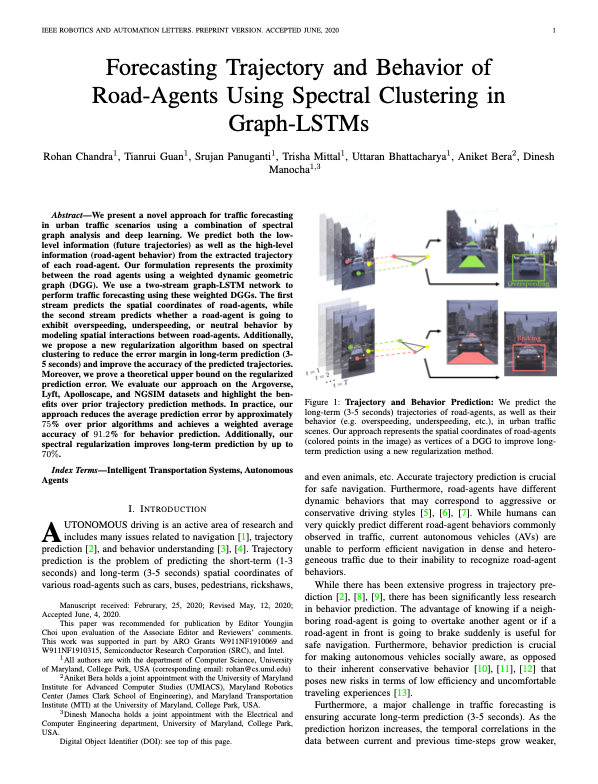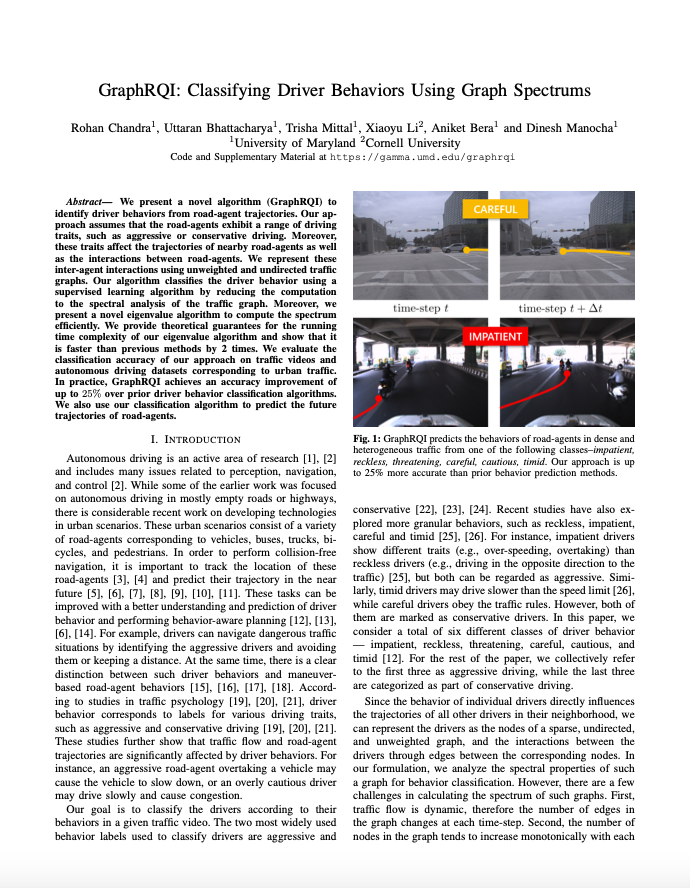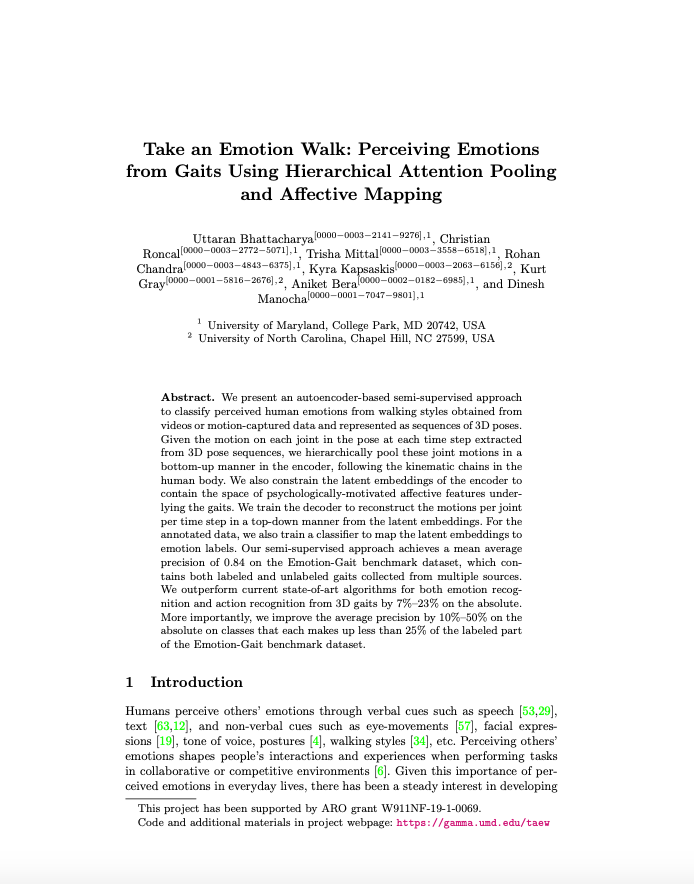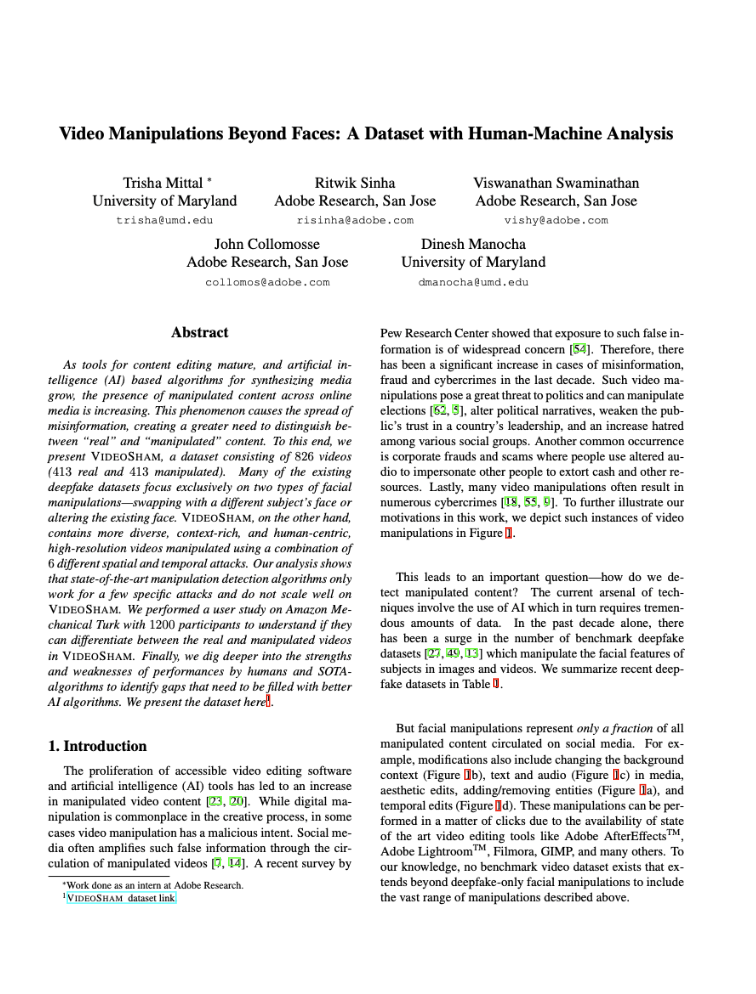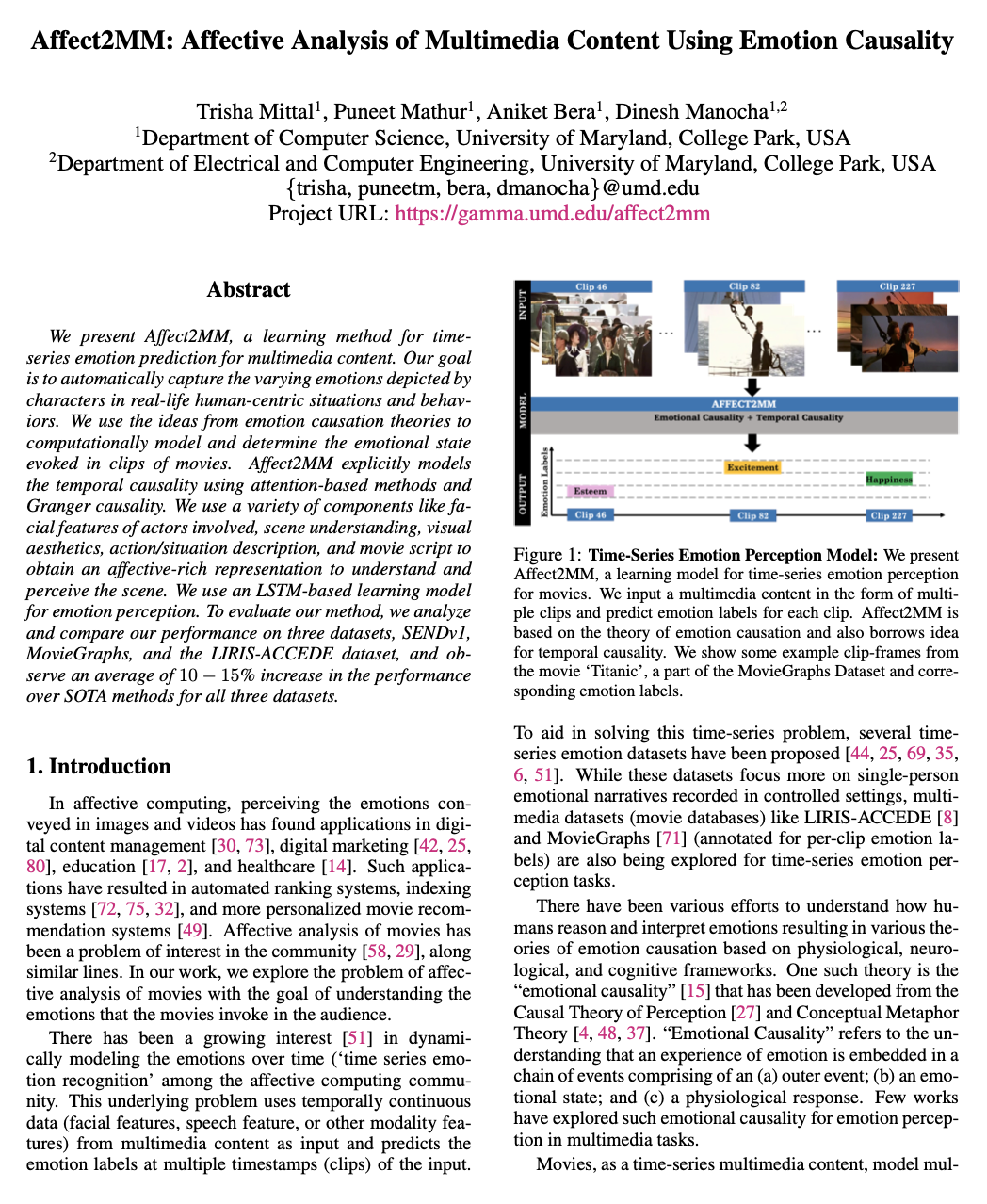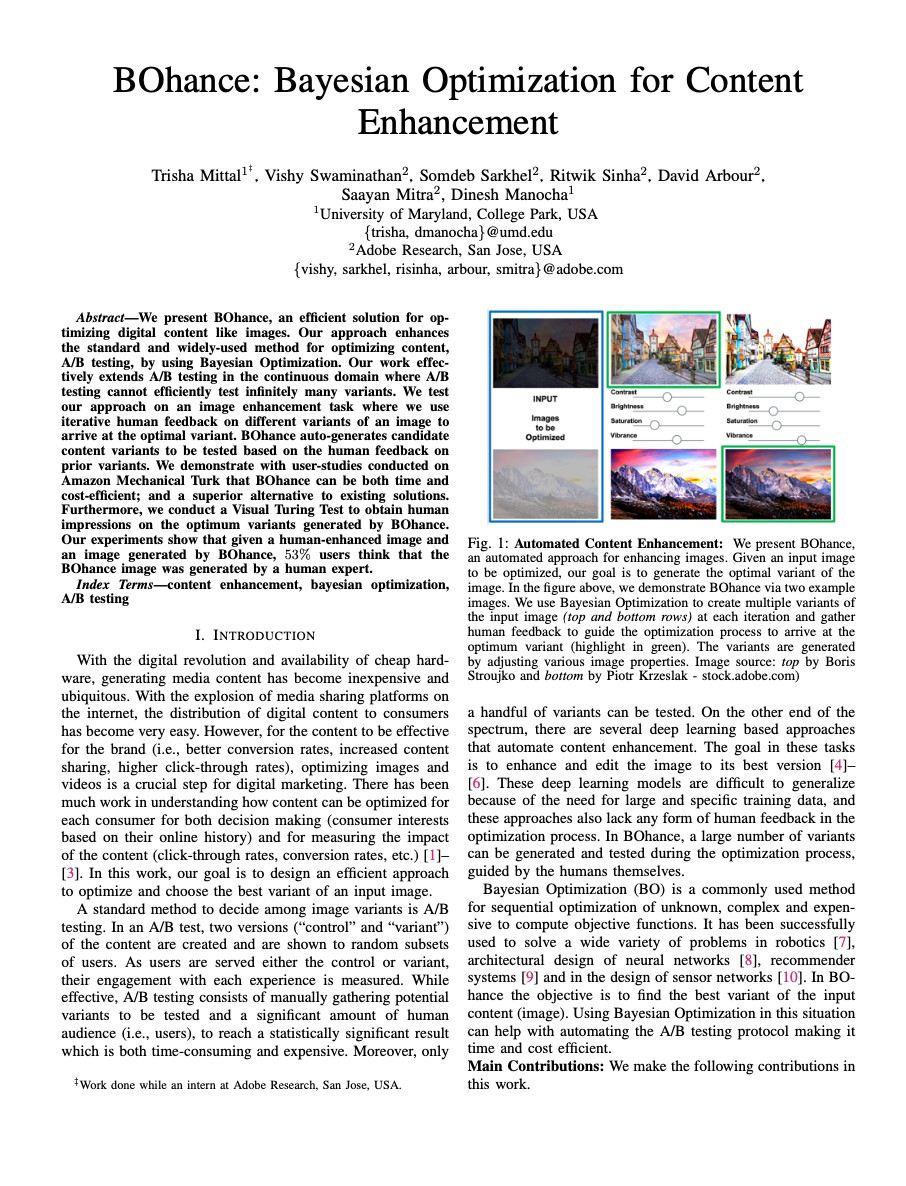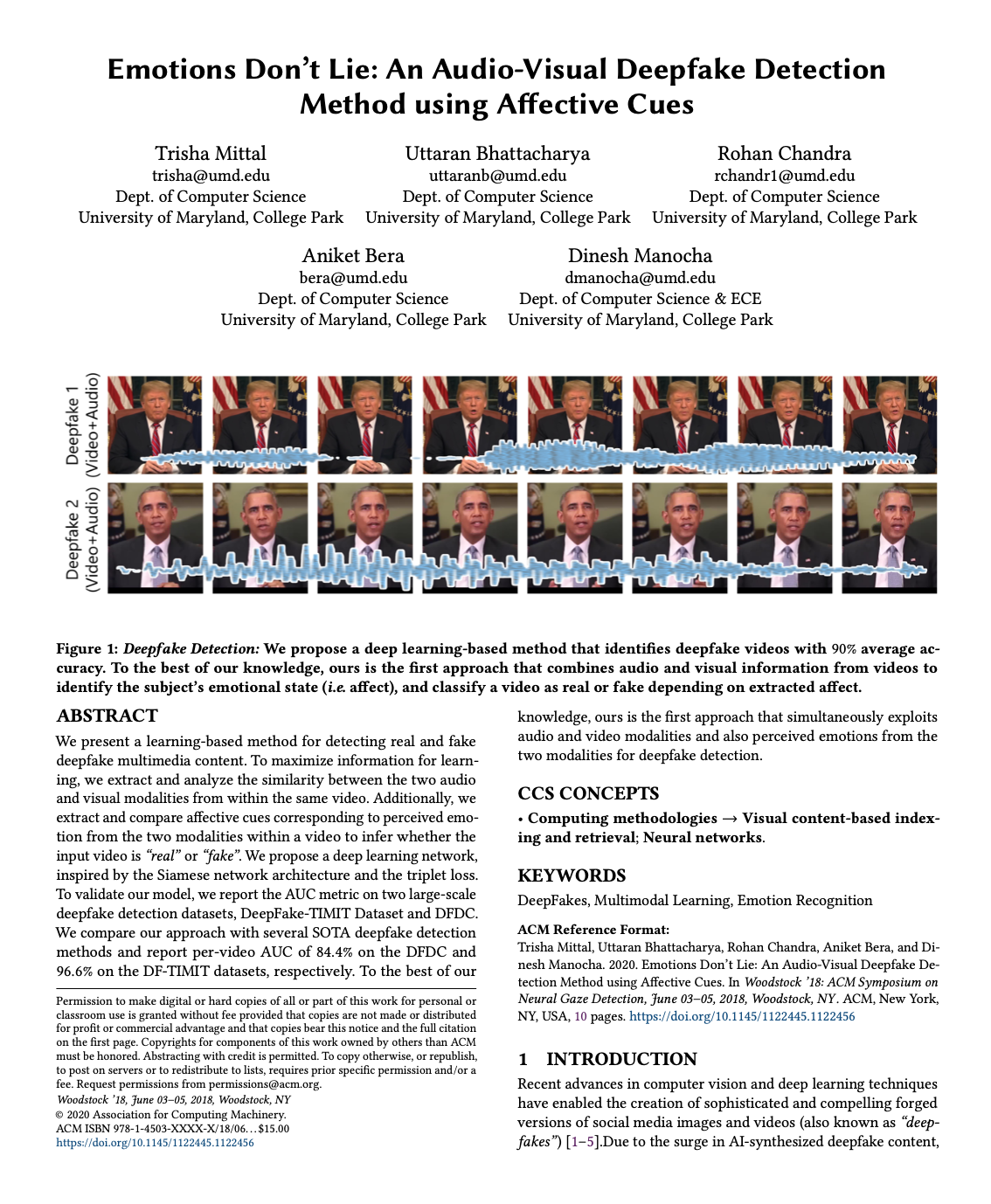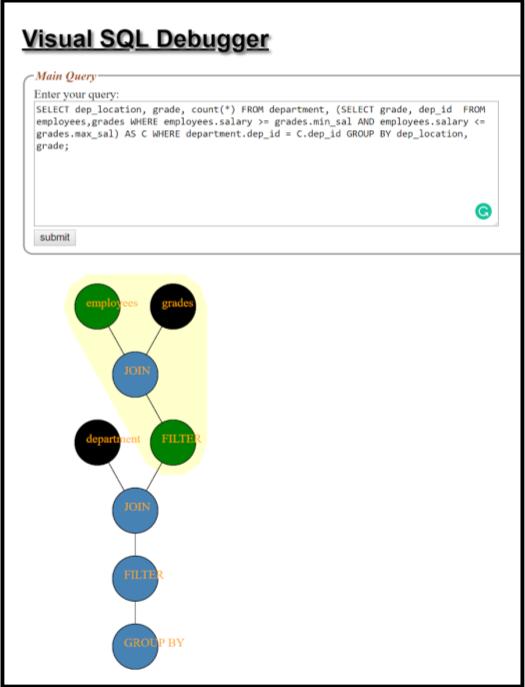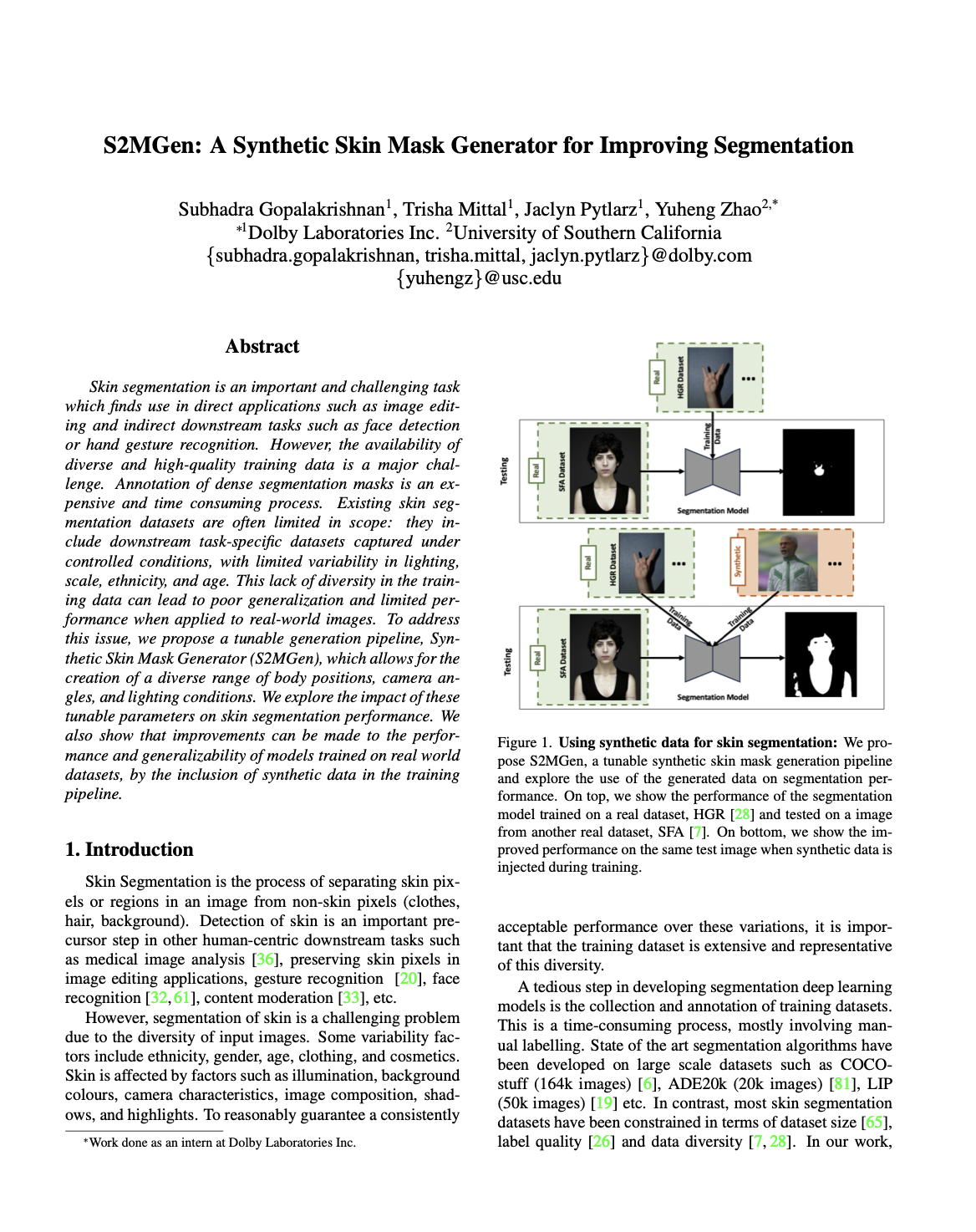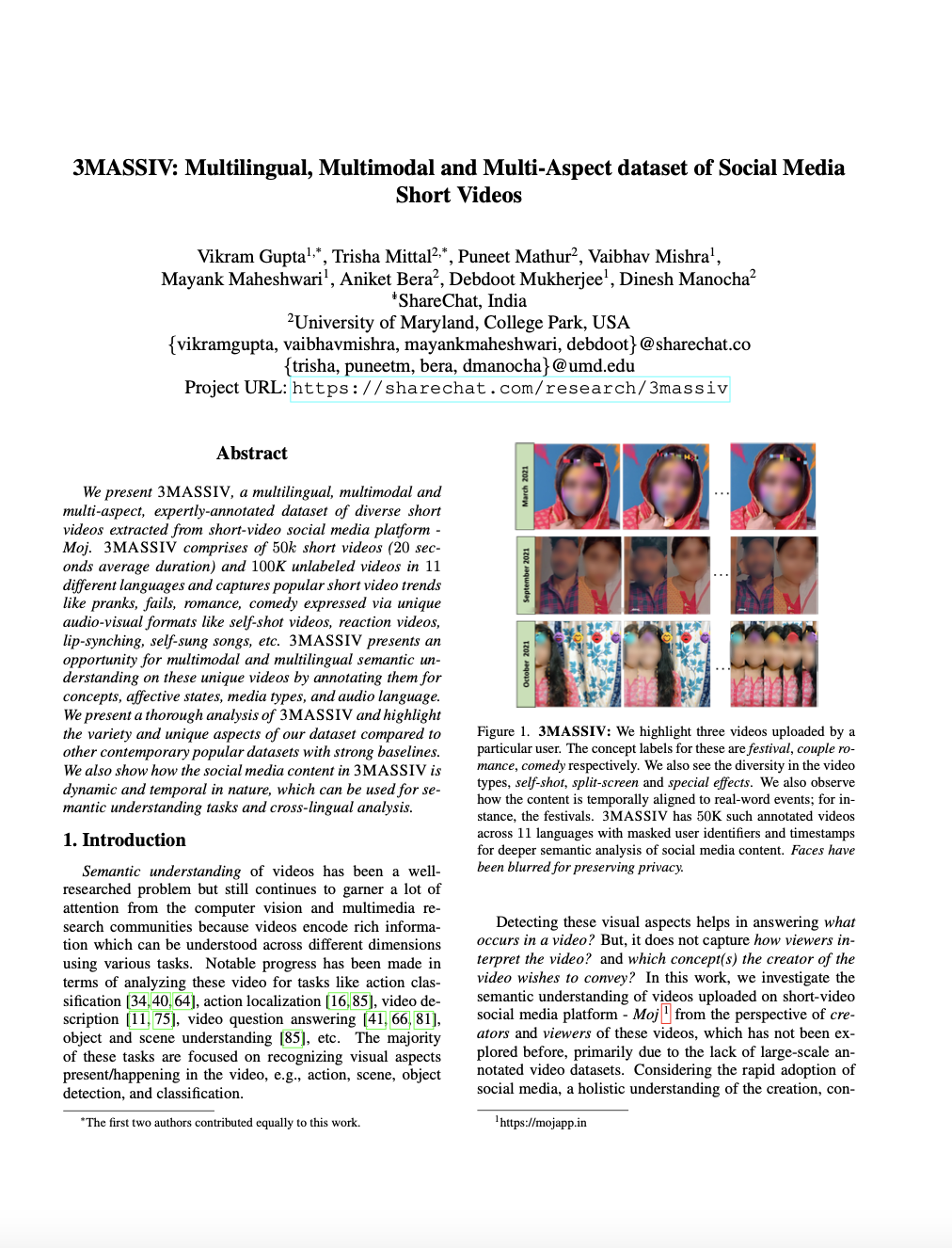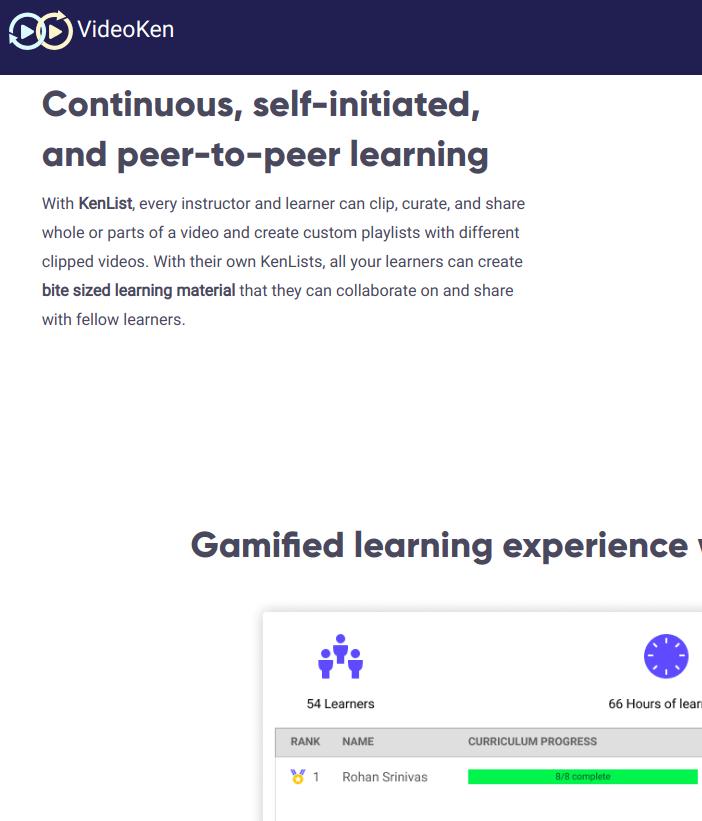Model-agnostic Coreset Selection via LLM-based Concept Bottlenecks
Dolby Laboratories, Inc.Akshay Mehra*, Trisha Mittal*, Subhadra Gopalakrishnan, Joshua Kimball
Coreset Selection (CS) aims to identify a subset of the training dataset that achieves model performance comparable to using the entire dataset. Many state-of-the-art CS methods select coresets using scores whose computation requires training the downstream model on the entire dataset first and recording changes in the model's behavior on samples as it trains (training dynamics). These scores are inefficient to compute and hard to interpret, as they do not indicate whether a sample is difficult to learn in general or only for a specific downstream model. Our work addresses these challenges by proposing a score that computes a sample's difficulty using human-understandable textual attributes (concepts) independent of any downstream model. Specifically, we measure the alignment between a sample's visual features and concept bottlenecks, derived via large language models, by training a linear concept bottleneck layer and computing the sample's difficulty score using it. We then use stratified sampling based on this score to generate a coreset of the dataset. Crucially, our score is efficiently computable without training the downstream model on the full dataset even once, leads to high-performing coresets for various downstream models, and is computable even for an unlabeled dataset. Through experiments on CIFAR-10/100, and ImageNet-1K, we show that our coresets outperform random subsets, even at high pruning rates, and achieve model performance comparable to or better than coresets found by training dynamics-based methods.
